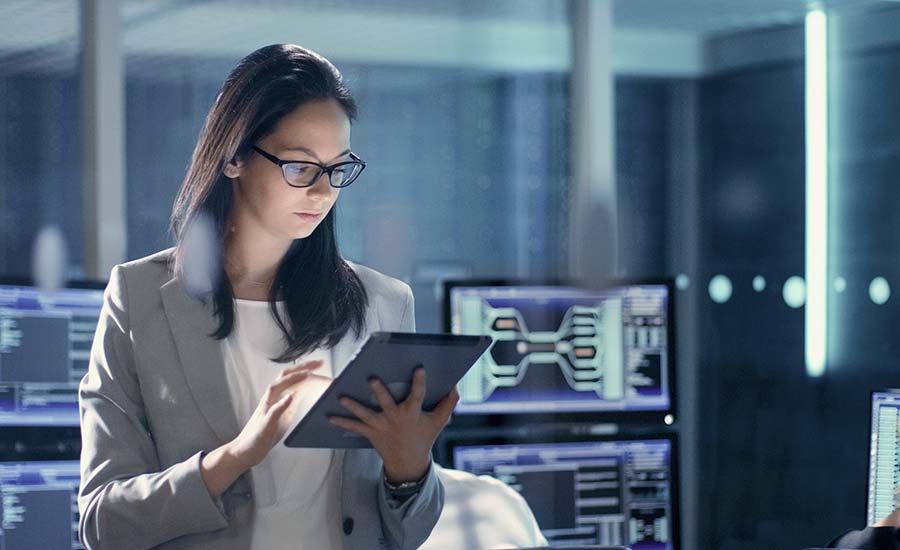
Multi-Factor Authentication (MFA): Strengthening Your Digital Security
In today’s digital age, where cyber threats are evolving rapidly, relying solely on passwords is no longer enough to protect sensitive information. Multi-Factor Authentication (MFA) has emerged as a critical security layer, ensuring that only authorized users gain access to systems, accounts, and data. But what exactly is MFA, and why is it so essential?
What is Multi-Factor Authentication (MFA)?
Multi-Factor Authentication is a security system that requires users to verify their identity using two or more independent credentials. Instead of relying just on a username and password, MFA demands additional verification methods, making it significantly harder for cybercriminals to gain unauthorized access.
The three most common factors used in MFA are:
Something you know: A password, PIN, or answer to a security question.
Something you have: A smartphone, security token, or smart card.
Something you are: Biometric verification, such as fingerprint, facial recognition, or retina scan.
By combining multiple factors, MFA creates an extra shield against hacking attempts, phishing attacks, and other security breaches.
Why is MFA Important?
Enhanced Security
MFA dramatically reduces the risk of breaches. Even if a password is compromised, an attacker would still need access to the second or third factor to break in.Compliance with Regulations
Many industries, such as finance and healthcare, require MFA to comply with regulatory standards like GDPR, HIPAA, and PCI DSS.Protection Against Phishing
Even if users are tricked into revealing their passwords, MFA ensures that stolen credentials alone are insufficient for unauthorized access.Increased User Trust
Companies implementing MFA demonstrate a commitment to security, building greater trust among users, partners, and stakeholders.
How Does MFA Work?
The MFA process typically follows these steps:
User Login: The user enters their username and password as usual.
Second Verification: The system prompts the user for a second form of verification — it could be a code sent via SMS, an authenticator app notification, or a fingerprint scan.
Access Granted: Only after successful verification of all factors is the user granted access.
Modern MFA solutions often offer seamless user experiences with methods like push notifications, minimizing friction without compromising security.
Popular MFA Methods
SMS or Email OTP (One-Time Passwords)
Simple and widely used, though less secure against sophisticated attacks like SIM swapping.Authenticator Apps
Apps like Google Authenticator or Authy generate time-based codes, offering a more secure alternative to SMS.Hardware Tokens
Physical devices, like YubiKey, provide top-tier security for sensitive environments.Biometric Authentication
Fingerprint scanners, facial recognition, and voice authentication are becoming increasingly popular, especially on mobile devices.
Implementing MFA: Best Practices
Use Strong Authentication Methods: Whenever possible, prefer app-based or hardware-based MFA over SMS-based methods.
Educate Users: Ensure that users understand the importance of MFA and know how to use it effectively.
Make It Mandatory for Sensitive Accounts: Protect administrative accounts and systems handling sensitive data by enforcing MFA.
Review and Update Regularly: As technology evolves, continuously review your MFA strategies and update them as necessary.
Conclusion
In an era of growing cyber risks, Multi-Factor Authentication is no longer optional—it’s essential. By adding multiple layers of protection, MFA significantly strengthens digital security, protects personal and organizational data, and builds greater trust. Whether you’re an individual, a small business, or a global enterprise, integrating MFA into your security framework is a smart, proactive move toward a safer digital future.
Secure your access today—implement MFA and stay one step ahead of cyber threats.
FAQ
Multi-Factor Authentication (MFA) is a security system that requires users to verify their identity using two or more independent methods, such as a password and a fingerprint scan. It is important because it significantly enhances account security, making it much harder for hackers to access sensitive information, even if they obtain a user’s password.
MFA works by layering two or more types of identity verification before granting access. Typically, after entering a password (something you know), the system prompts for a second factor like a code sent to your smartphone (something you have) or a fingerprint scan (something you are). Access is granted only after successful verification of all required factors.
Common MFA methods include:
SMS or email one-time passwords (OTPs)
Authenticator apps like Google Authenticator or Authy
Hardware security tokens like YubiKey
Biometric authentication such as fingerprint or facial recognition Each method adds an extra layer of security to the authentication process.
While SMS-based MFA is better than relying on a password alone, it is not the most secure option. SMS messages can be intercepted or hijacked through techniques like SIM swapping. Using app-based authentication (like an authenticator app) or hardware tokens is generally considered safer.
Although MFA greatly improves security, no system is completely foolproof. Advanced phishing attacks, malware, and social engineering tactics can sometimes bypass MFA. However, the likelihood of a successful attack is significantly lower with MFA than with password-only systems.
Absolutely. Small businesses are increasingly targeted by cybercriminals. Implementing MFA helps protect sensitive business data, customer information, and financial records, reducing the risk of costly security breaches. MFA is a simple yet powerful way to strengthen overall cybersecurity, regardless of business size.

